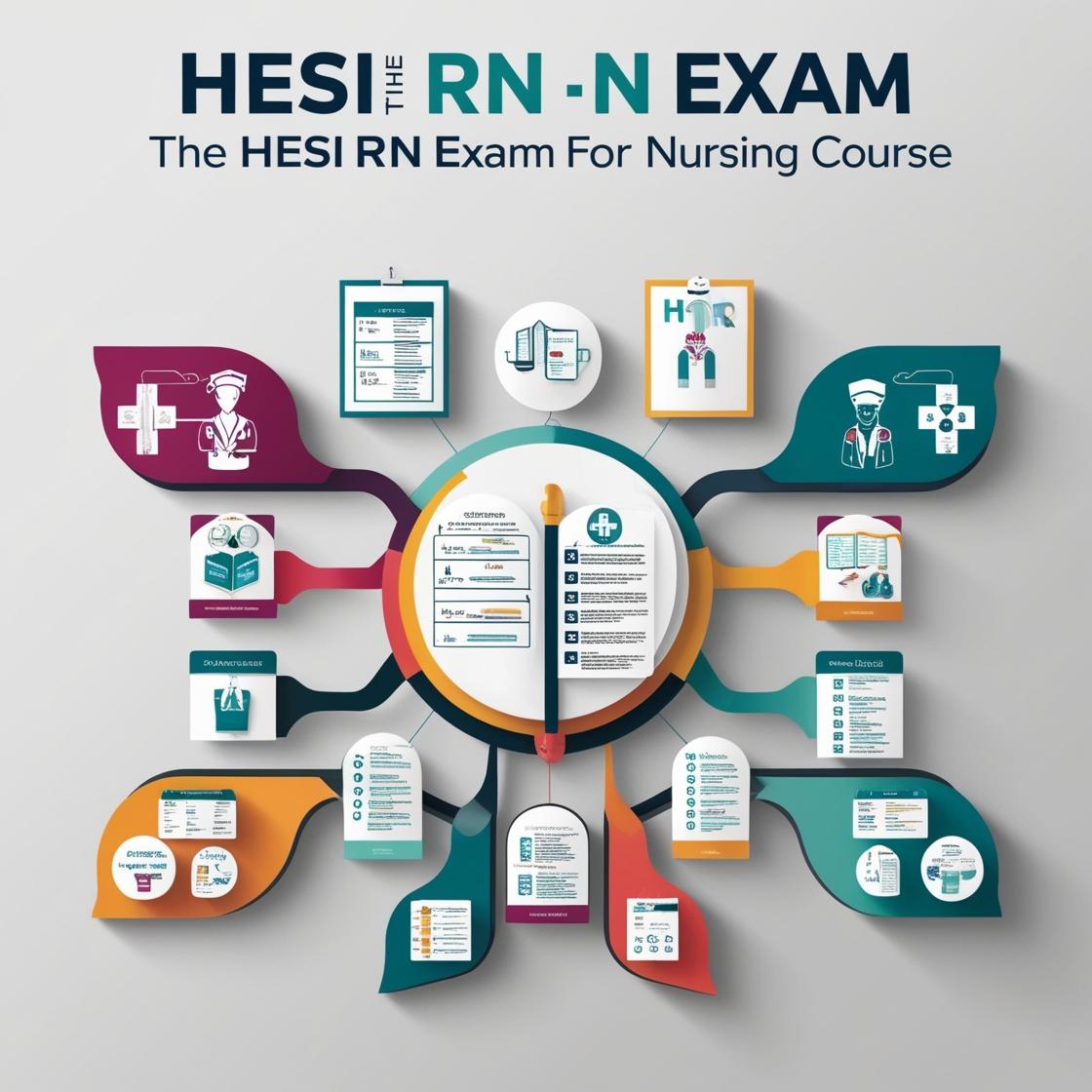HESI RN
HESI Community Health
1. An adolescent tells the school nurse that she is pregnant. Her last menstrual period was 4 months ago. She has not received any medical care. She smokes but denies any other substance use. What is the priority nursing action?
- A. notify her parents
- B. refer her for prenatal care
- C. teach breastfeeding methods
- D. offer nutritional instructions
Correct answer: B
Rationale: The correct answer is to refer her for prenatal care. Prenatal care is essential to monitor the health of both the mother and the fetus during pregnancy. While notifying her parents may be important for support and involvement, the priority is ensuring the adolescent receives medical care. Teaching breastfeeding methods and offering nutritional instructions are important but are not the immediate priority in this situation where prenatal care is urgently needed.
2. During a health assessment for a family with a history of cardiovascular disease, which family member should be prioritized for further evaluation and intervention?
- A. a 45-year-old father who smokes and has high cholesterol
- B. a 17-year-old daughter who is overweight and inactive
- C. a 50-year-old mother with a history of hypertension
- D. a 12-year-old son who has a normal weight and is active
Correct answer: A
Rationale: The 45-year-old father who smokes and has high cholesterol should be prioritized for further evaluation and intervention. He has multiple risk factors for cardiovascular disease, including smoking and high cholesterol, which significantly increase his risk. Addressing these modifiable risk factors is crucial in preventing cardiovascular events. The daughter (Choice B) and mother (Choice C) also have risk factors, but the father's combination of smoking and high cholesterol places him at higher immediate risk, demanding priority intervention. The 12-year-old son (Choice D) with a normal weight and an active lifestyle has a lower risk profile and does not require immediate intervention compared to the father.
3. The occupational health nurse is completing a yearly self-evaluation. Which activity should the nurse document as an example of proficient performance criteria in professionalism?
- A. contributes money to a professional society or organization
- B. maintains chairmanship of the hospital nursing council
- C. documents the nursing process in care management
- D. develops policy initiatives that impact occupational health and safety
Correct answer: D
Rationale: The correct answer is D because developing policy initiatives that impact occupational health and safety demonstrates leadership and proficiency in contributing to the field. Choices A, B, and C do not directly relate to professionalism criteria in the context of occupational health nursing. Contributing money to a professional society, maintaining chairmanship of a nursing council, or documenting the nursing process, while important, do not specifically highlight the nurse's impact on occupational health and safety through policy development.
4. A community health nurse is developing a program to increase physical activity among adults in the community. Which intervention is most likely to be successful?
- A. distributing flyers about the benefits of exercise
- B. organizing free community exercise classes
- C. partnering with local gyms to offer discounts
- D. hosting a health fair with information booths
Correct answer: B
Rationale: Organizing free community exercise classes is the most likely successful intervention as it provides a structured and accessible opportunity for adults to engage in physical activity. This choice directly offers a practical solution by providing a regular and organized setting for individuals to participate in physical activity. Distributing flyers about the benefits of exercise, while informative, may not lead to actual participation. Partnering with local gyms to offer discounts relies on individuals taking the initiative to sign up for gym memberships, which may not be feasible for everyone. Hosting a health fair with information booths is informative but may not directly address the need for increased physical activity among adults in the community.
5. The healthcare professional is developing a community health program to address the high rates of childhood asthma in a neighborhood. Which intervention should the healthcare professional prioritize?
- A. conducting home visits to identify asthma triggers
- B. distributing asthma education materials at schools
- C. holding workshops on asthma management for parents
- D. partnering with local healthcare providers to offer free asthma screenings
Correct answer: A
Rationale: The healthcare professional should prioritize conducting home visits to identify asthma triggers as it is crucial for reducing asthma attacks in children. By identifying triggers in the home environment, interventions can be implemented to create a safer living space for children with asthma. This approach directly addresses the root cause of asthma exacerbations. Distributing asthma education materials at schools is beneficial for raising awareness but may not address individual triggers. Holding workshops on asthma management for parents is valuable for education but does not directly tackle trigger identification. Partnering with local healthcare providers to offer free asthma screenings focuses on detection rather than prevention through trigger identification.
Similar Questions

Access More Features
HESI RN Basic
$89/ 30 days
- 50,000 Questions with answers
- All HESI courses Coverage
- 30 days access @ $89
HESI RN Premium
$149.99/ 90 days
- 50,000 Questions with answers
- All HESI courses Coverage
- 30 days access @ $149.99
